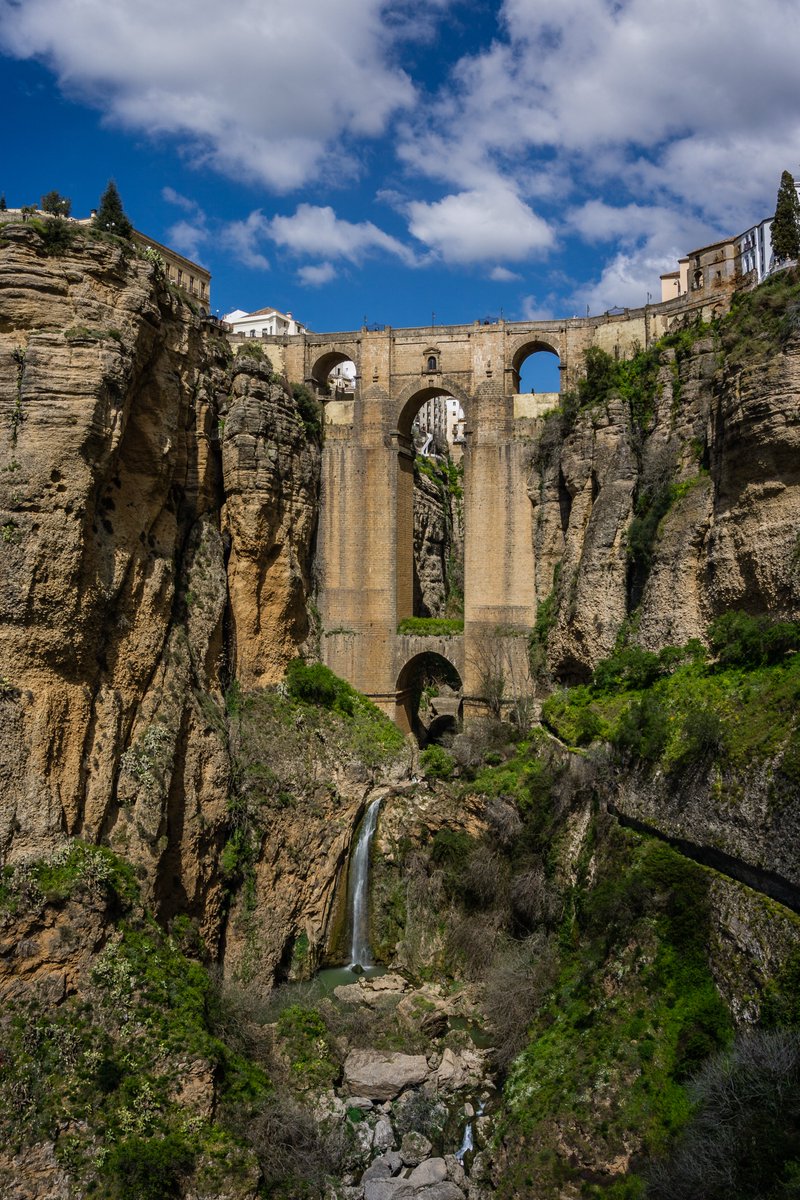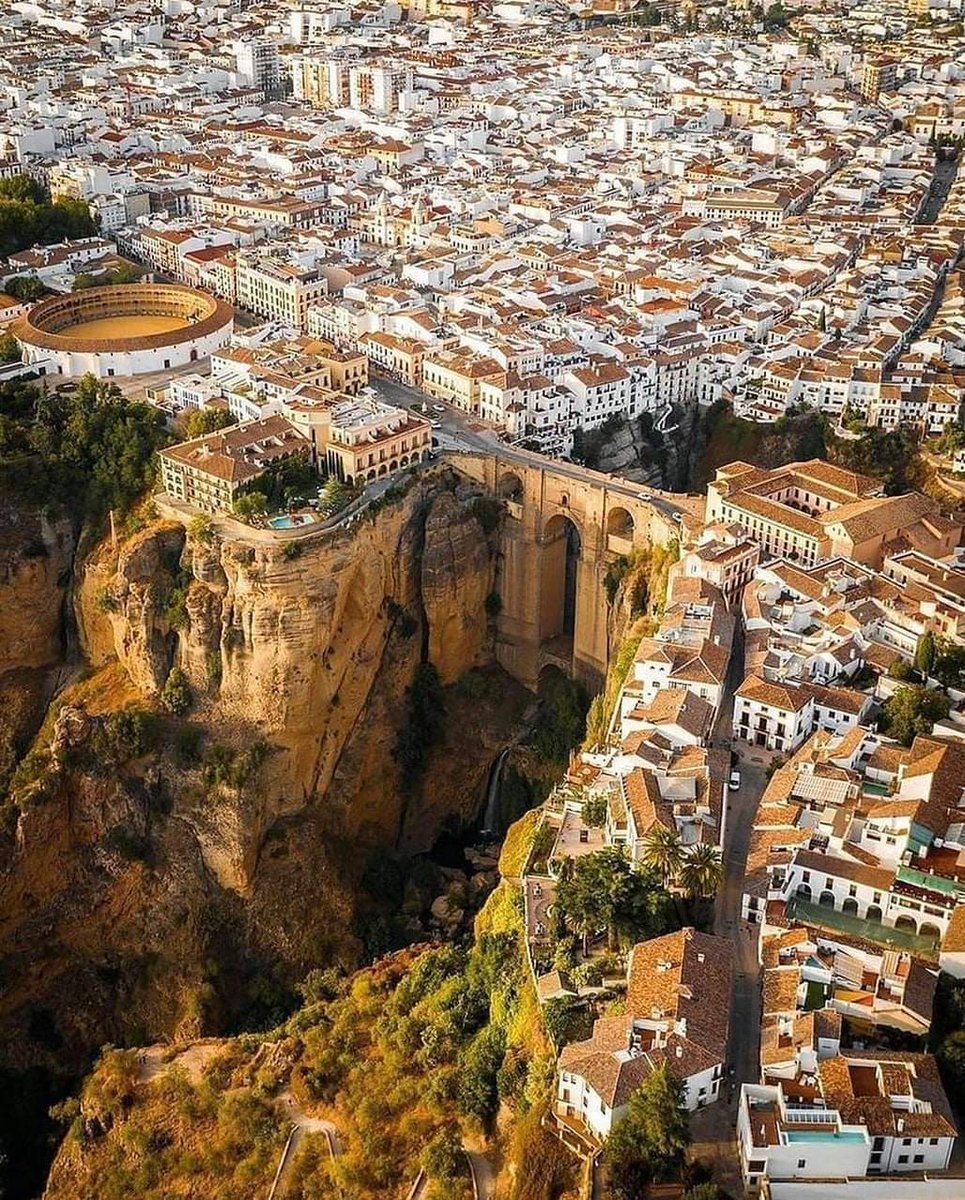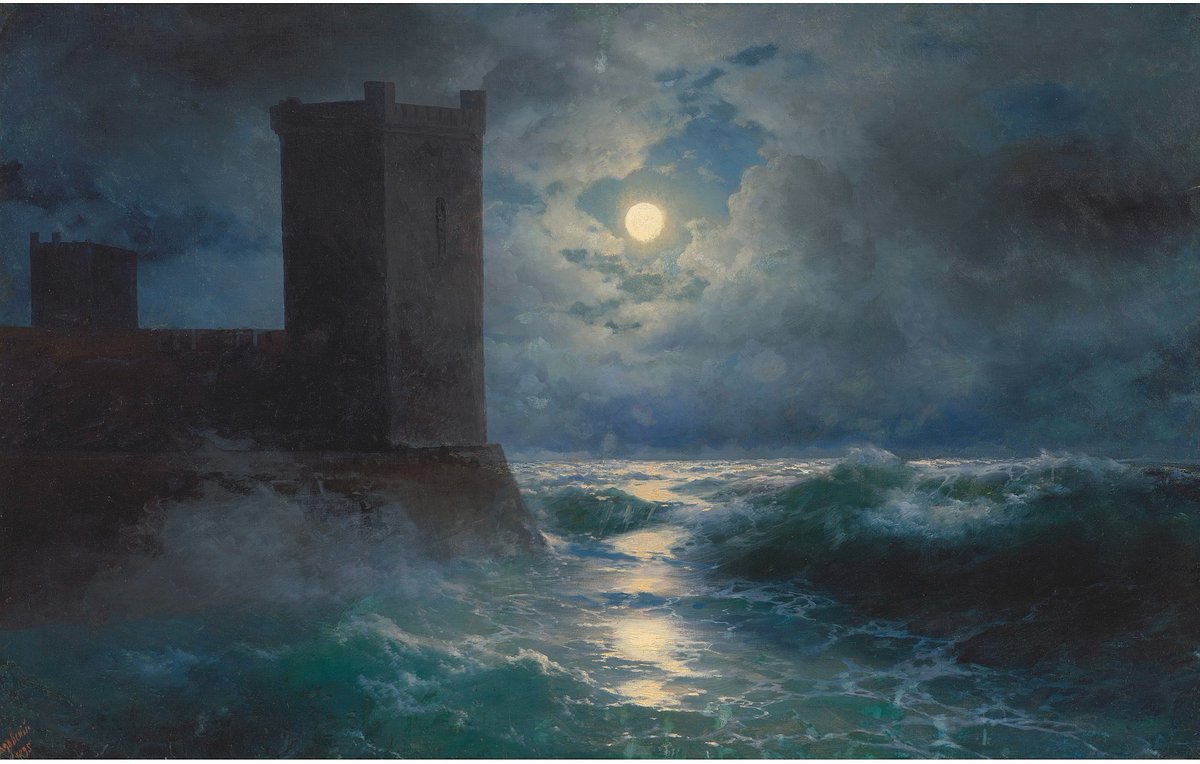What is the world's most famous opera house, or even most famous concert hall full stop?
There can be no doubt about the answer: Sydney Opera House, a global icon.
And the story of its construction was a drama for the ages...
There can be no doubt about the answer: Sydney Opera House, a global icon.
And the story of its construction was a drama for the ages...

It begins with Sir Eugene Goossens, conductor of the Sydney Symphony Orchestra — in 1947 he calls for the construction of a concert hall to match the rising population and status of the city.
The authorities eventually heed his call and in 1954 they select a site for it.
The authorities eventually heed his call and in 1954 they select a site for it.

In 1957 an international design competition is held.
One of the entrants is a 38 year old Dane called Jørn Utzon. He is a visionary who wants to depart from the standard form of 1950s architecture.
This was a time when the blocky forms of the International Style were dominant:
One of the entrants is a 38 year old Dane called Jørn Utzon. He is a visionary who wants to depart from the standard form of 1950s architecture.
This was a time when the blocky forms of the International Style were dominant:

Taking a cue from Brutalism — with its exploitation of concrete on a vast scale — and Expressionism — with its bold, flowing shapes — this is what Utzon came up with.
A simple freehand sketch that was utterly original & utterly perfect.
He wins the competition.
A simple freehand sketch that was utterly original & utterly perfect.
He wins the competition.

But how the hell would they build it? Nothing of this form had been constructed in human history.
Sir Ove Arup is brought in as the design engineer. He would become one of the greatest engineers of the 20th century, but even Arup said this was "an adventure into the unknown".
Sir Ove Arup is brought in as the design engineer. He would become one of the greatest engineers of the 20th century, but even Arup said this was "an adventure into the unknown".

So construction started in 1959 and, slowly but surely, they found a way.
This was one of the first ever times that computers were used to work through the necessary structural calculations, perhaps saving them years of work.
A landmark in more ways than one, then.
This was one of the first ever times that computers were used to work through the necessary structural calculations, perhaps saving them years of work.
A landmark in more ways than one, then.

The challenge of creating those now-iconic clusters of shells was solved when Utzon realised they could all be cut from the same sphere.
The revelation came to him while he was peeling an orange.
And so the impossible started to happen...
The revelation came to him while he was peeling an orange.
And so the impossible started to happen...

Amid cranes those concrete cowls rose in the midst of Sydney Harbour, on a former wharf called Bennelong Point.
Location is integral to architecture and they could not have picked a more dramatic spot
The Opera House would not so striking were it surrounded by other buildings.
Location is integral to architecture and they could not have picked a more dramatic spot
The Opera House would not so striking were it surrounded by other buildings.

The surface of the concrete shells was covered with interlocking ceramic tiles, over one million in total, half white and half cream, in a chevron pattern.
Utzon thought of the whole thing as sculpture, and he wanted its whiteness to contrast with the blues of the water and sky.
Utzon thought of the whole thing as sculpture, and he wanted its whiteness to contrast with the blues of the water and sky.

Another challenge, and one successfully overcome, was how to create the windows of the opera house.
This project was a litany of seemingly unsolvable architectural and engineering conundrums, but each was solved as the years went on.


This project was a litany of seemingly unsolvable architectural and engineering conundrums, but each was solved as the years went on.


And though we often fail to see it, the opera house rises from a colossal plinth.
Utzon was fascinated by Maya architecture and this plinth, along with the main stairway, was inspired by their temples.
That was phase one, finished in 1963; then the shells; then the interior...
Utzon was fascinated by Maya architecture and this plinth, along with the main stairway, was inspired by their temples.
That was phase one, finished in 1963; then the shells; then the interior...

But... costs were rising, delays kept coming, and the politics were heating up.
A new government was elected in 1965 and the new Minister for Works, a man called Davis Hughes, cut off funding for the project because of Utzon's management — an attempt to curry public favour?
A new government was elected in 1965 and the new Minister for Works, a man called Davis Hughes, cut off funding for the project because of Utzon's management — an attempt to curry public favour?
Negotations were fruitless and, despite later protests to bring him back, Utzon was forced to resign in 1966. He left Australia and never returned.
The architect Peter Hall was brought in to finish the opera house; he controversially changed Utzon's plans for the interiors.
The architect Peter Hall was brought in to finish the opera house; he controversially changed Utzon's plans for the interiors.

Alas, by 1973 it was finally finished.
And so the Sydney Opera House was formally opened that year by Queen Elizabeth II and, already a landmark for Australians, it quickly became a global icon.
Little more than 30 years later, in 2007, it was made a UNESCO World Heritage Site.
And so the Sydney Opera House was formally opened that year by Queen Elizabeth II and, already a landmark for Australians, it quickly became a global icon.
Little more than 30 years later, in 2007, it was made a UNESCO World Heritage Site.

And there it stands, still, glittering on Sydney's harbour by the bridge.
What the Eiffel Tower is to France, Big Ben to England, the Sphinx to Egypt, the Sydney Opera House has become to Australia.
A symbol as much as a real building.
What the Eiffel Tower is to France, Big Ben to England, the Sphinx to Egypt, the Sydney Opera House has become to Australia.
A symbol as much as a real building.

And its influence can be seen in the thousands of "strangely shaped" buildings that now decorate our skylines — it has changed the appearance of the world.
But all these peculiar megaprojects, intended to become icons, have yet to match the Sydney Opera House.



But all these peculiar megaprojects, intended to become icons, have yet to match the Sydney Opera House.



People rarely use Sydney Opera House as an example of "modern architecture", even though it could hardly be more modern in design or construction.
Perhaps it has broken the mould and become so famous that it feels timeless.
But it isn't — it appeared in a specific context.
Perhaps it has broken the mould and become so famous that it feels timeless.
But it isn't — it appeared in a specific context.

Everything changed in the decades after the Second World War, when what had been in the 1920s and 1930s the radical architecture of Bauhaus and Le Corbusuier suddenly became the global standard.
Vast concrete and glass towers rising all across the world.
Vast concrete and glass towers rising all across the world.

And it promised so much! Things were possible that had once been unthinkable!
Well, Modern Architecture did what it had to: steady the world in a time of change and provide cheap solutions to the problems of rebuilding after war and expanding during massive population growth.
Well, Modern Architecture did what it had to: steady the world in a time of change and provide cheap solutions to the problems of rebuilding after war and expanding during massive population growth.

But, aesthetically, it has largely been a failure; public opinion shows people don't much like Modern or Contemporary Architecture.
They think it is boring, ugly, hostile, or needlessly strange.
Not only normal buildings (house, offices etc.) but would-be cultural landmarks:
They think it is boring, ugly, hostile, or needlessly strange.
Not only normal buildings (house, offices etc.) but would-be cultural landmarks:

Sydney Opera House is a shining example of what modern architecture could, sometimes does, but so often fails, to achieve — the wonders of modern construction have made architecture possible that was undreamable in ages gone by.
Those soaring shells tell us to keep dreaming.
Those soaring shells tell us to keep dreaming.

• • •
Missing some Tweet in this thread? You can try to
force a refresh

























